Many people are eager to travel again and have begun planning their dream vacations for 2023. While there are many exciting destinations to visit, some places may not be the best choice. This could be for various reasons such as safety concerns, political instability, environmental issues, or over-tourism.
All of these factors can greatly impact a tourist’s experience, and in terms of environmental issues, could impact the place and residents who live there. We’ll explore some of the most popular tourist destinations that may not be the best choice for travel in 2023. By being aware of the risks and issues associated with these destinations, travelers can make informed decisions and choose alternative options that offer a safer and more rewarding experience.
Lake Tahoe, California
There has been an increase in people moving to or buying secondary homes in the mountains in recent years. As a result, Lake Tahoe has experienced traffic congestion and overcrowded trails and beaches, explains Fodor’s Travel. The League to Save Lake Tahoe notes that the leading threat to the lake’s clarity is fine sediment pollution from urban areas, with heavy traffic being a significant contributor.
To reduce pollution, traffic conditions need improvement. While tourism is essential to the area, the Tahoe Neighborhood Group and the Travel North Tahoe Nevada suggest that visitors need to be educated on how to respect the natural landscape. North Lake Tahoe is taking steps to decrease car use with the Center for Responsible Travel’s help and a free shuttle program connecting resorts to town.
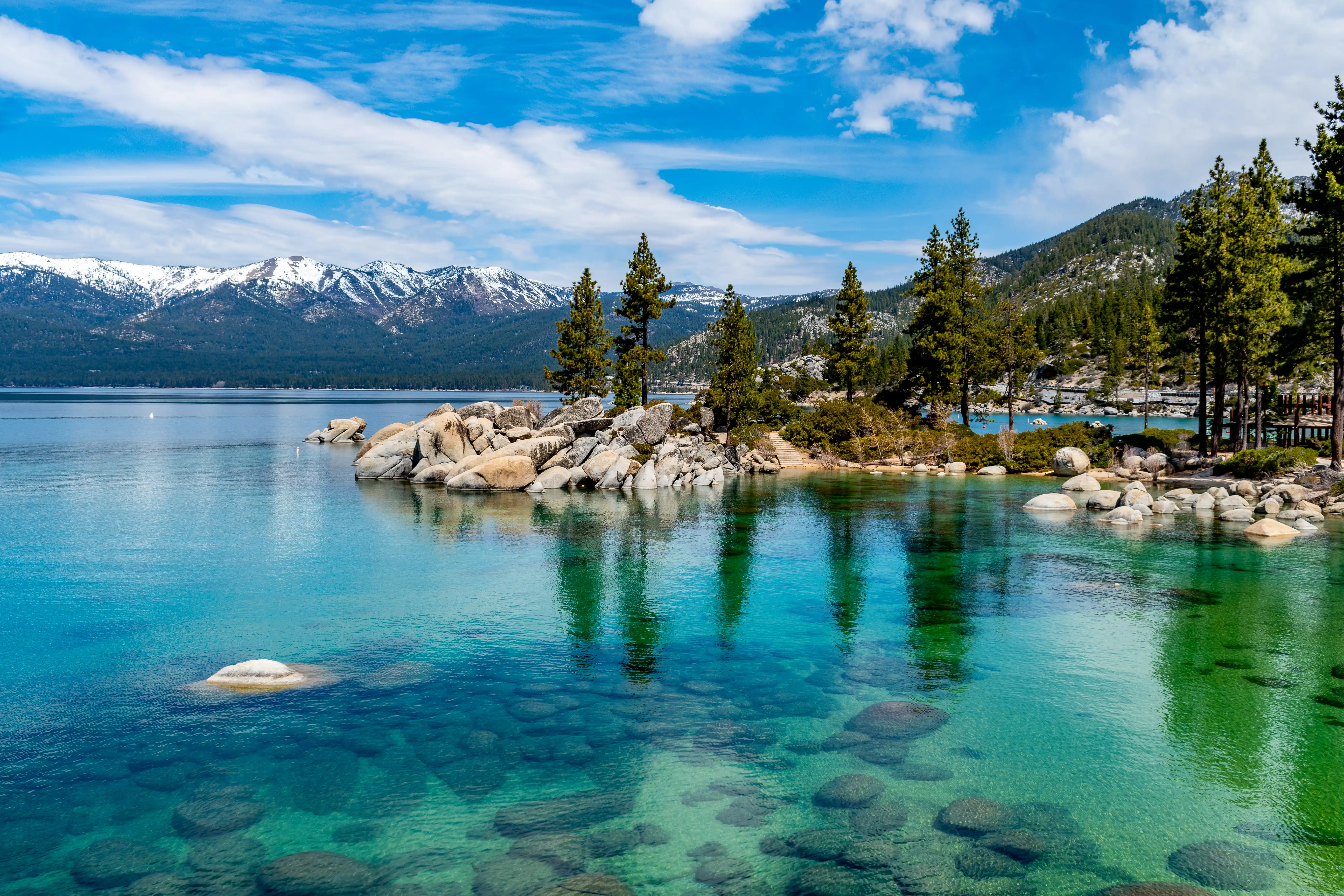 NKneidlphoto/Shutterstock
NKneidlphoto/ShutterstockVenice and Amalfi Coast, Italy
The city of Venice in Italy has been grappling with overcrowding for a long time, which has led to a destabilization of local infrastructure. The surge in tourist traffic, combined with the city’s vulnerability to floods, has made the situation worse, explains the Montreal Blog. Moreover, the high ratio of nearly 400 tourists per day to each Venetian resident is causing many locals to abandon their homes.
To tackle this issue, local authorities are advocating for longer-term visitors who can appreciate and adopt the local way of life. At the same time, CNN warns that the Amalfi Coast is facing a similar problem with an overwhelming influx of visitors causing traffic jams that can extend for kilometers. To address this issue, residents have been allotted specific days of the week for driving based on whether their vehicle’s license plate number ends in an odd or even digit.
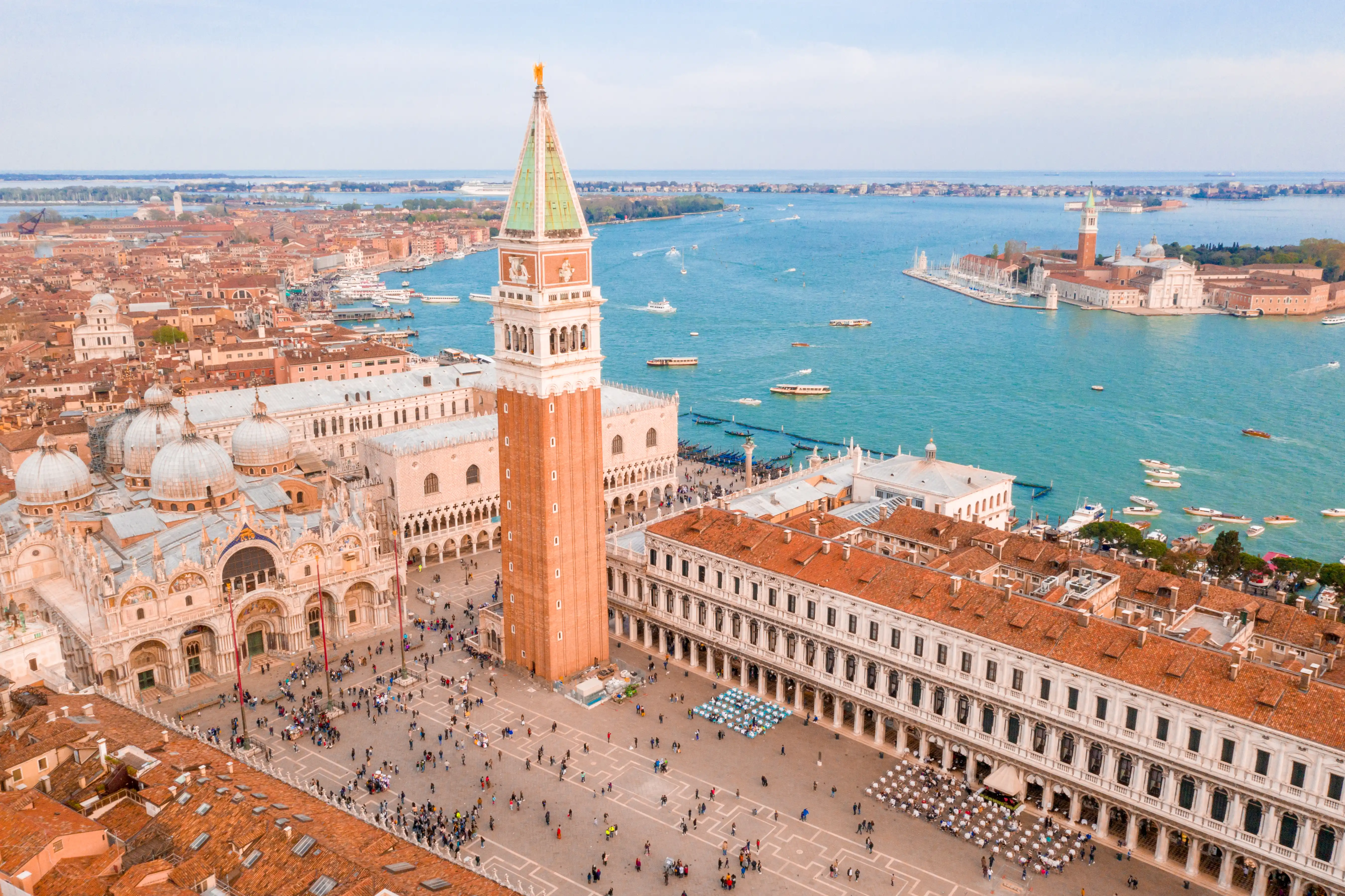 RAW-films/Shutterstock
RAW-films/ShutterstockCertain States of Mexico
Mexico has held steady as a popular destination for American travelers and that’s because it’s a big country with many safe areas. But there are also parts of the country that are considered unsafe. It’s for this reason that the U.S. State Department evaluates safety in Mexico on a state-by-state basis, explains Travel Off Path.
While most Mexican states are classified as Level 2 or higher, some states have a Level 4: Do Not Travel warning due to crime and kidnapping (i.e. Colima, Michoacan, Guerrero, Sinaloa, Tamaulipas, and Zacatecas). Exceptions include tourist areas and ports in certain cities. The source assures that travelers visiting resorts and sticking to reputable tourist activities are unlikely to be victims of crime.
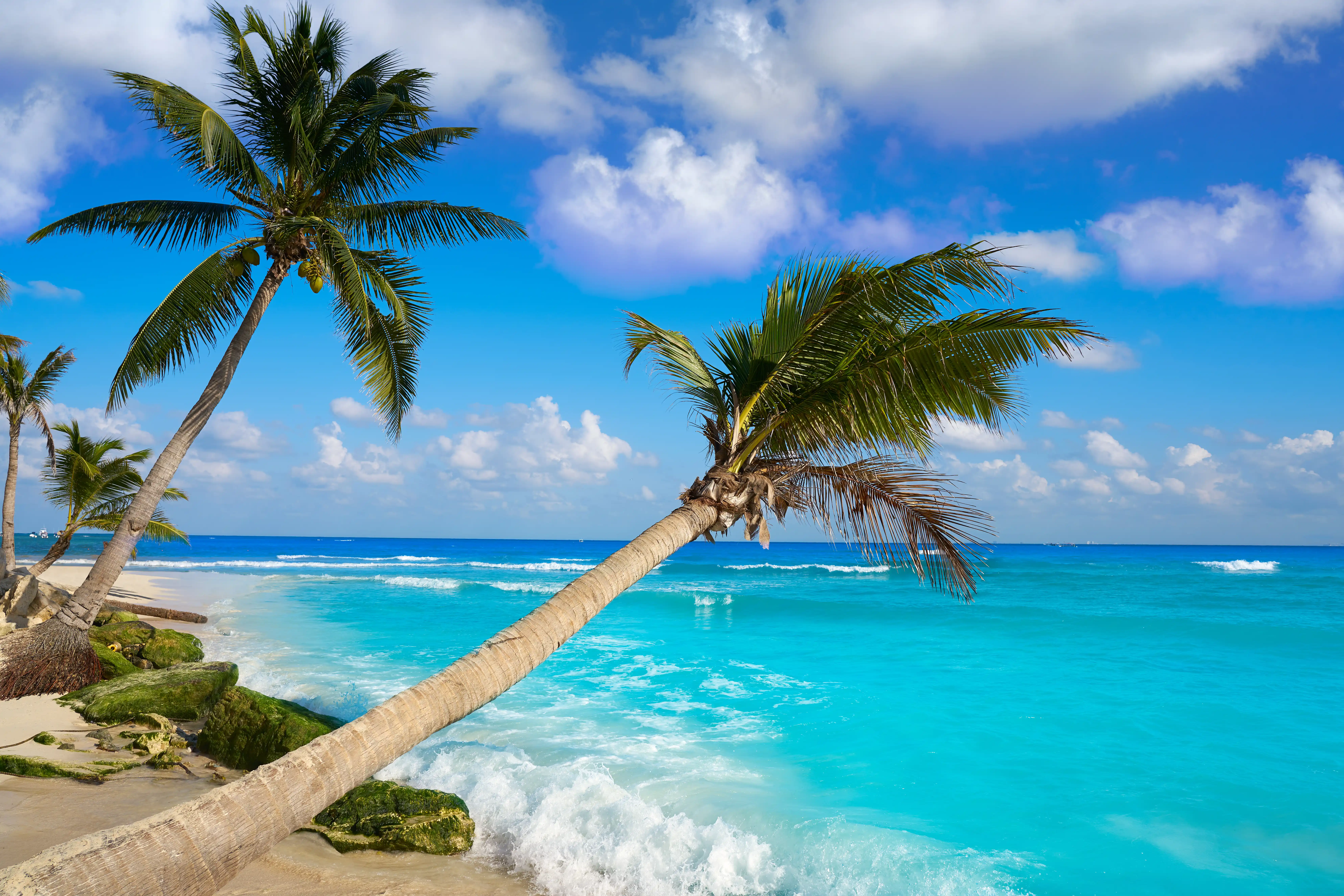 lunamarina/Shutterstock
lunamarina/ShutterstockThailand
Thailand is grappling with the issue of over-tourism, which has resulted in significant damage to its national parks. As a result, these parks are now closed for at least one month each year. The impact of tourism on the environment is exemplified by Maya Bay in Phi Phi Leh, which gained popularity after the movie “The Beach” starring Leonardo DiCaprio, says the Montreal Blog.
The site was receiving around 3,000 visitors daily for years until it had to be shut down in 2018 due to severe ecological and marine damage. Currently, swimming is prohibited, and according to the source, only 380 tourists are permitted to visit the area every hour. Nevertheless, the ongoing influx of tourists continues to have an adverse impact on the surrounding nature.
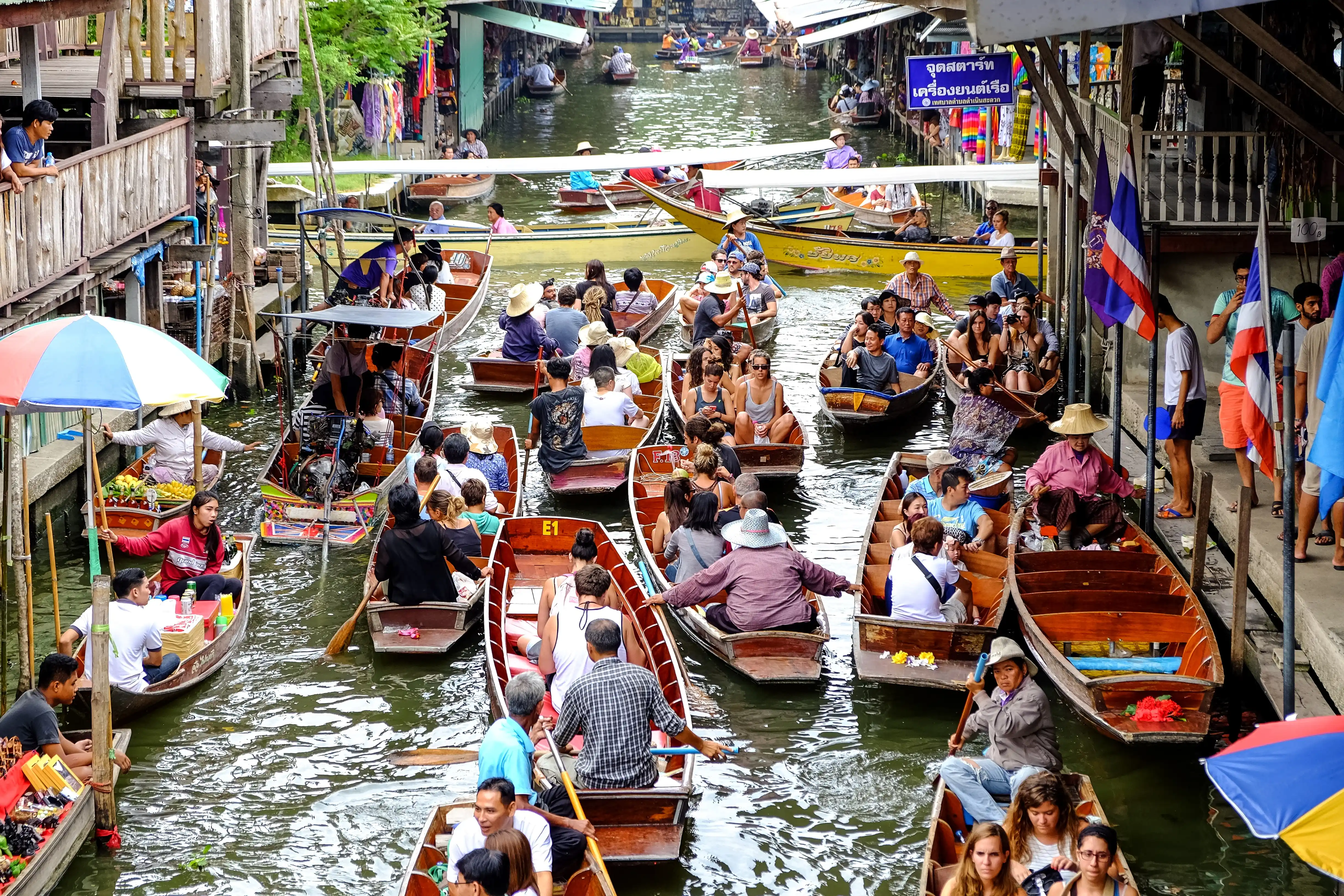 FeelGoodLuck/Shutterstock
FeelGoodLuck/ShutterstockAmsterdam, Netherlands
The Dutch tourism board shifted its marketing strategy from destination promotion to management in 2019 with the 10-year plan Perspective 2030, prioritizing the well-being of local residents and attracting diverse visitors to different areas and at differing times, says Fodor’s Travel.
Amsterdam’s tourist influx of an equivalent to the entire Dutch population has become disruptive for residents, leading to measures such as removing the “IAmsterdam” sign and banning beer bikes. Things have gotten so bad that the mayor proposed a ban on misbehaving cannabis tourists, and Schiphol Airport capped daily passenger numbers due to staffing issues in summer 2022, which was extended to March 2023.
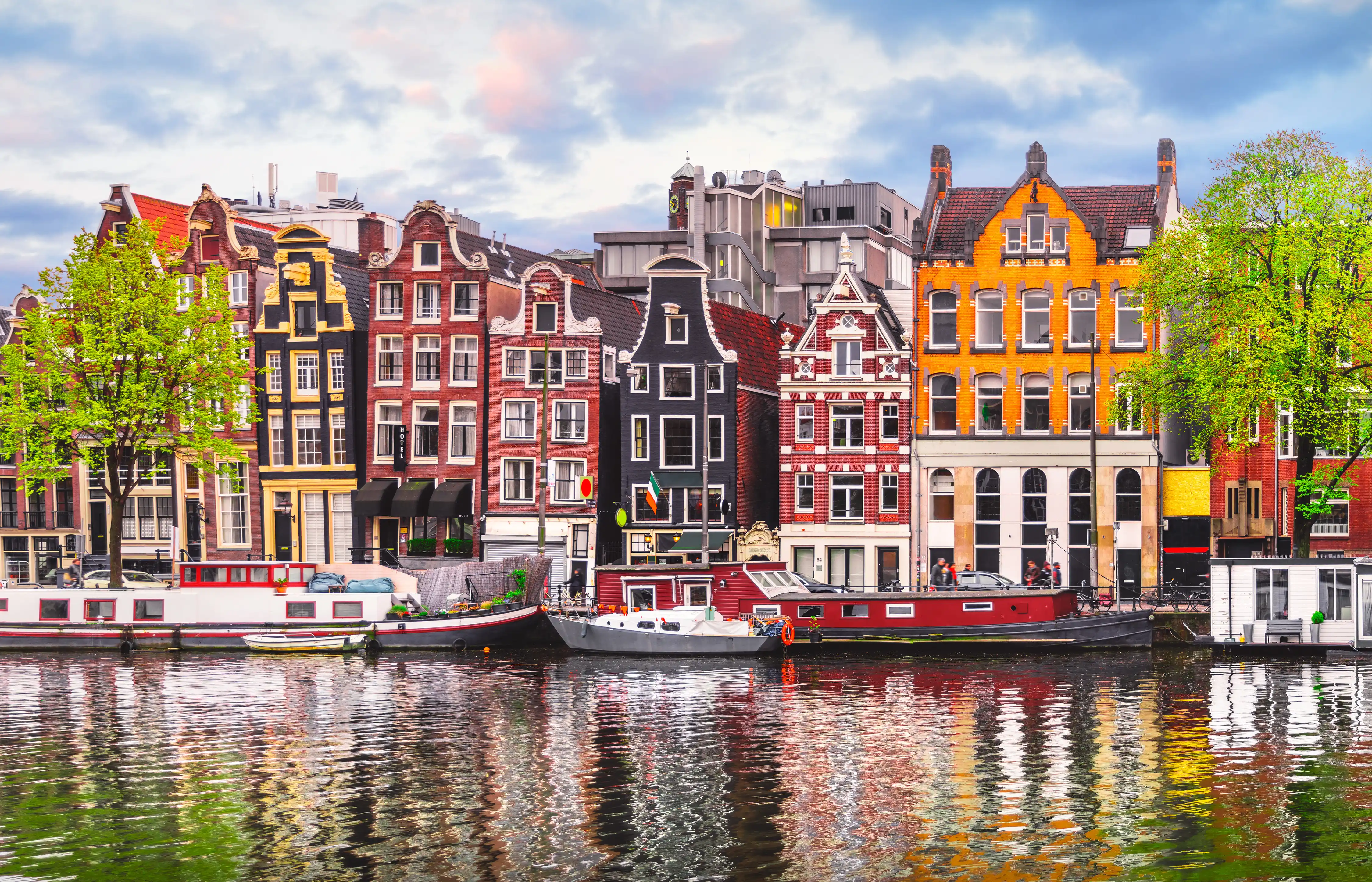 Yasonya/Shutterstock
Yasonya/ShutterstockAntarctica
Antarctica is a remote and vulnerable destination with concentrated tourism in the Antarctic Peninsula, a region that has been experiencing rapid climate change. Even though tourist numbers are capped, the impact is significant in small places already under stress, warns Fodor’s Travel.
Ships and planes used for transportation produce black carbon that makes the snow darker and leads to faster ice melting. Sustainable forms of transport and energy sources are needed to avoid this, notes the source. When planning a trip to Antarctica, consider the environmental impacts, choose a responsible operator, get involved in citizen science, and limit your footprint.
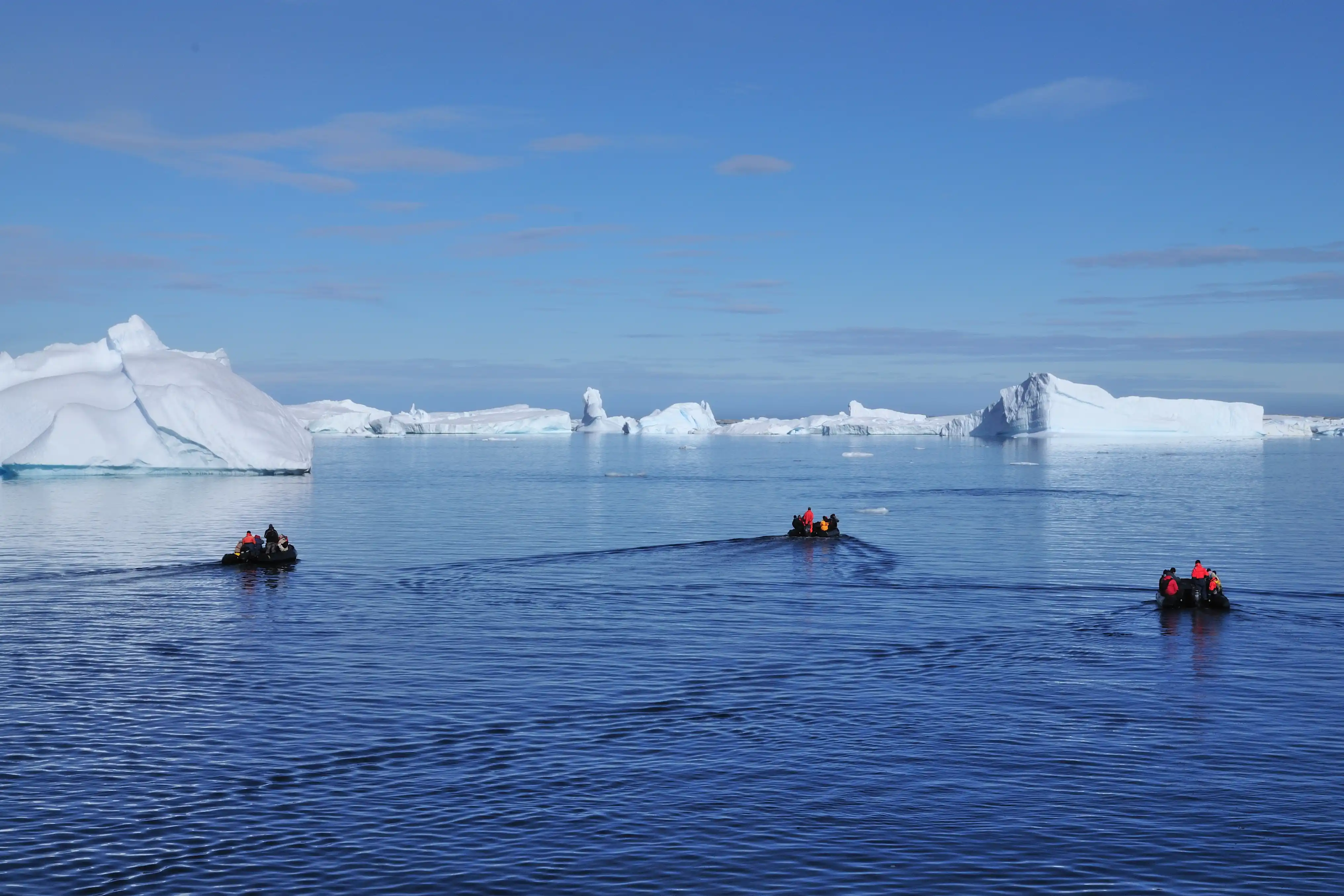 gary yim/Shutterstock
gary yim/ShutterstockIsrael
Israel, like Mexico, is classified differently depending on what part of the country you’re in, according to the State Department’s website. Some areas in Israel are classified as Level 4: Do Not Travel, while the rest of the country is classified as Level 2: Exercise Increased Caution. The State Department advises against traveling to Gaza due to terrorism, civil unrest, and armed conflict and designates it as a Level 4 area.
Despite the warnings, Travel Off Path says some visitors still choose to travel to Israel for its rich history, particularly in the Old City of Jerusalem. Israel boasts a wealth of ancient history that cannot be found anywhere else in the world.
 Saikom/Shutterstock
Saikom/ShutterstockCornwall, England
Western England’s picturesque coastline is currently grappling with a housing crisis caused by temporary accommodations that are displacing locals and causing a surge in residential prices. According to the Montreal Blog, the influx of tourists to Cornwall, which is famous for its scrumptious pastries and stunning surfing beaches, has been overwhelming in recent years, and the existing infrastructure is not equipped to handle the surge.
Due to narrow roads and limited parking, severe gridlock and significant pollution have become major concerns. To mitigate this, some local officials have urged tourists to avoid peak times in the summer season or refrain from visiting altogether, notes the source.
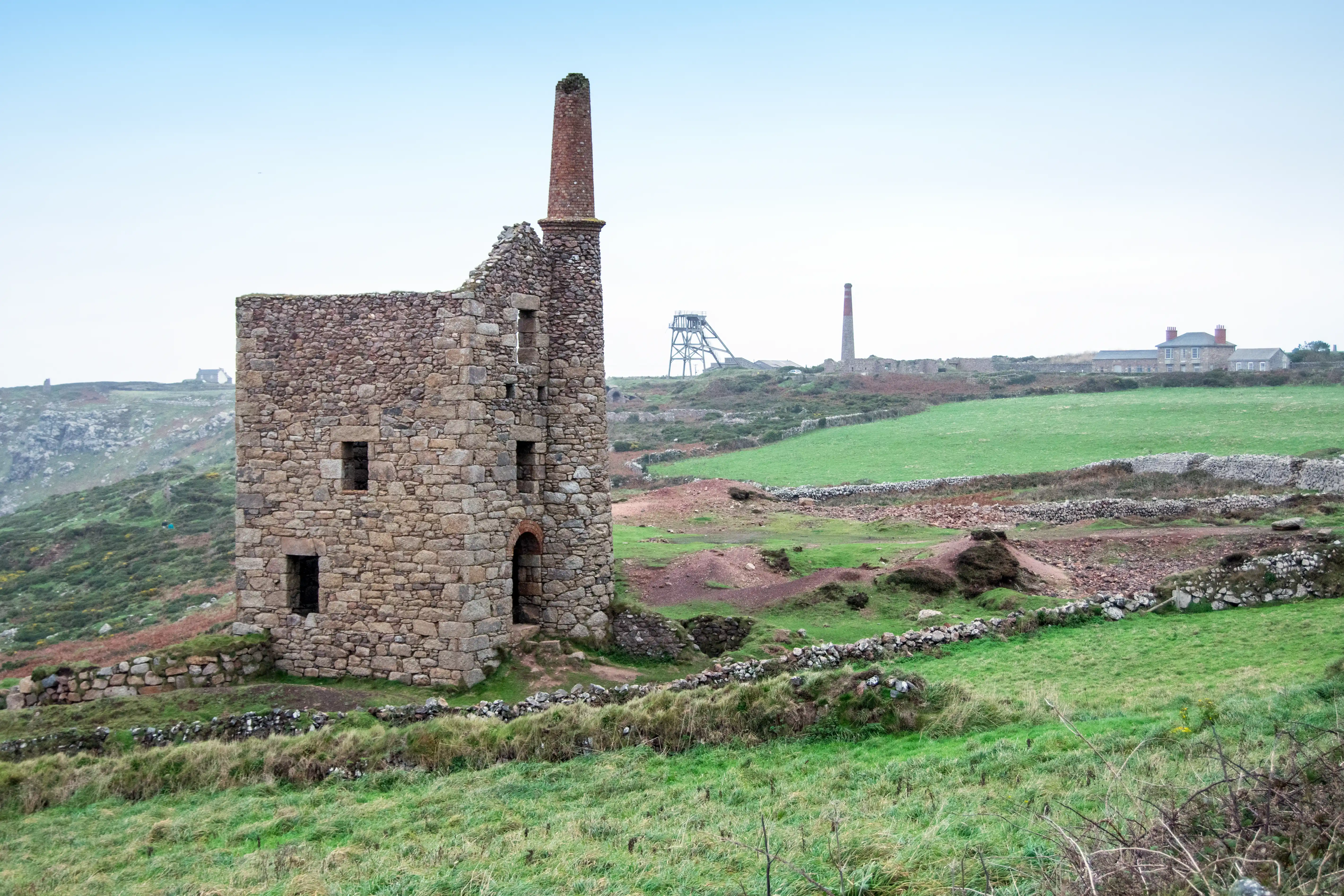 Roger Driscoll/Shutterstock
Roger Driscoll/ShutterstockFrench Coastline
Coastline erosion caused by bigger storms due to climate change is worsened by tourist activities, warns Fodor’s Travel. And France is currently experiencing severe erosion, especially in Etretat, Normandy, due to a surge of visitors. The town’s wastewater treatment facility had to be shut down last year due to the overwhelming number of tourists, which was three times its regular population.
The excessive foot traffic has also led to frequent landslides. According to the source, Marseille’s Calanques National Park implemented a reservation system with a daily cap of 400 visitors to control over-tourism. Finding a balance between tourism and infrastructure is crucial. This area relies on it, but overcrowding frustrates visitors and harms the environment.
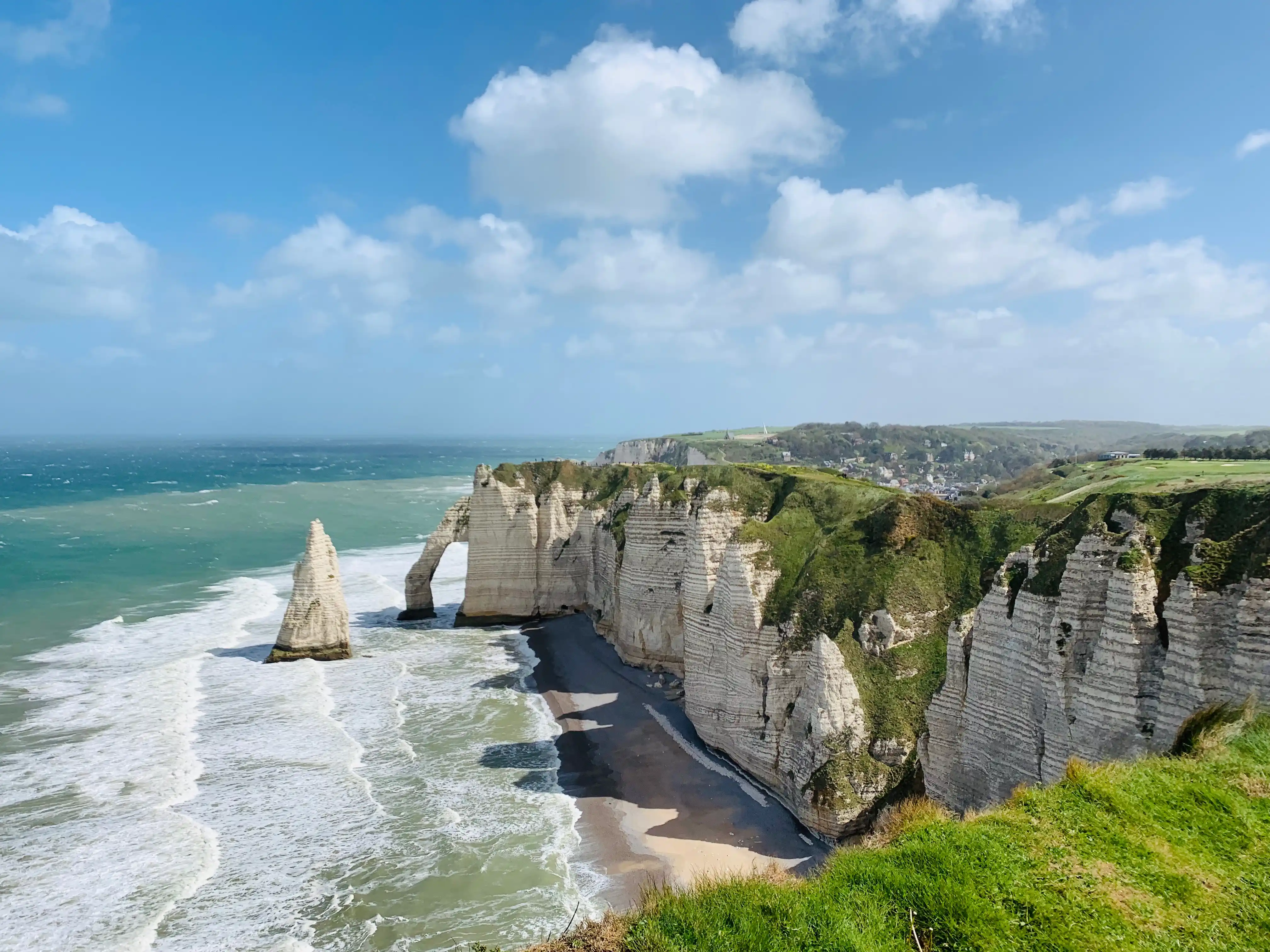 hayleycaslin/Shutterstock
hayleycaslin/ShutterstockVenezuela
Venezuela doesn’t often receive positive media coverage, and the State Department has classified it as a Level 4 location due to terrorism, wrongful detentions, poor health infrastructure, civil unrest, crime, and kidnapping, says Travel Off Path.
Despite this, some visitors, including locals and those who ignore the State Department’s warning, still choose to visit Venezuela’s Angel Falls, the world’s highest uninterrupted waterfall. Another popular tourist hotspot is El Avila National Park, which can be reached via cable car from Caracas, adds the source.
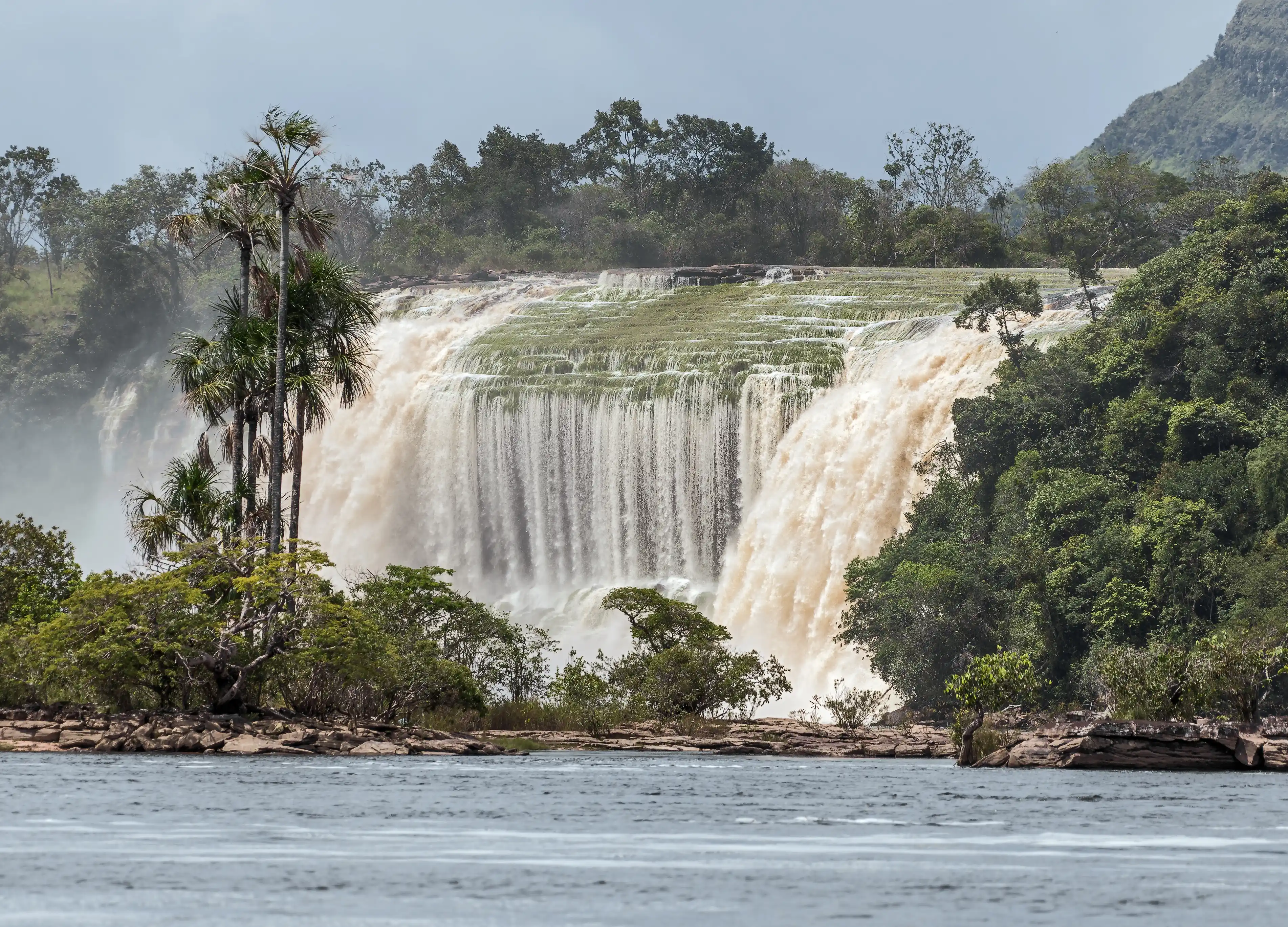 Vadim Petrakov/Shutterstock
Vadim Petrakov/ShutterstockHawaii
Tourism is a major contributor to the water supply challenges faced by island communities. In Maui, mandatory water restrictions were imposed on residents, but not on resorts that consume a significant amount of water, explains Fodor’s Travel. Native Hawaiians are frustrated with the burden of water conservation being on them, and the growing tourism industry has resulted in increased houselessness and cost of living.
In addition to the water crisis and cost of living, some locals are urging travelers to avoid visiting the islands out of respect for the land. “This is one of many issues, overtourism is ravaging our islands, depleting our natural resources […]. The quantity over quality of visitors that have been arriving with little care for preservation is starting to take a toll,” says Kendall “Da Spyder” Grove, professional MMA fighter and Maui resident.
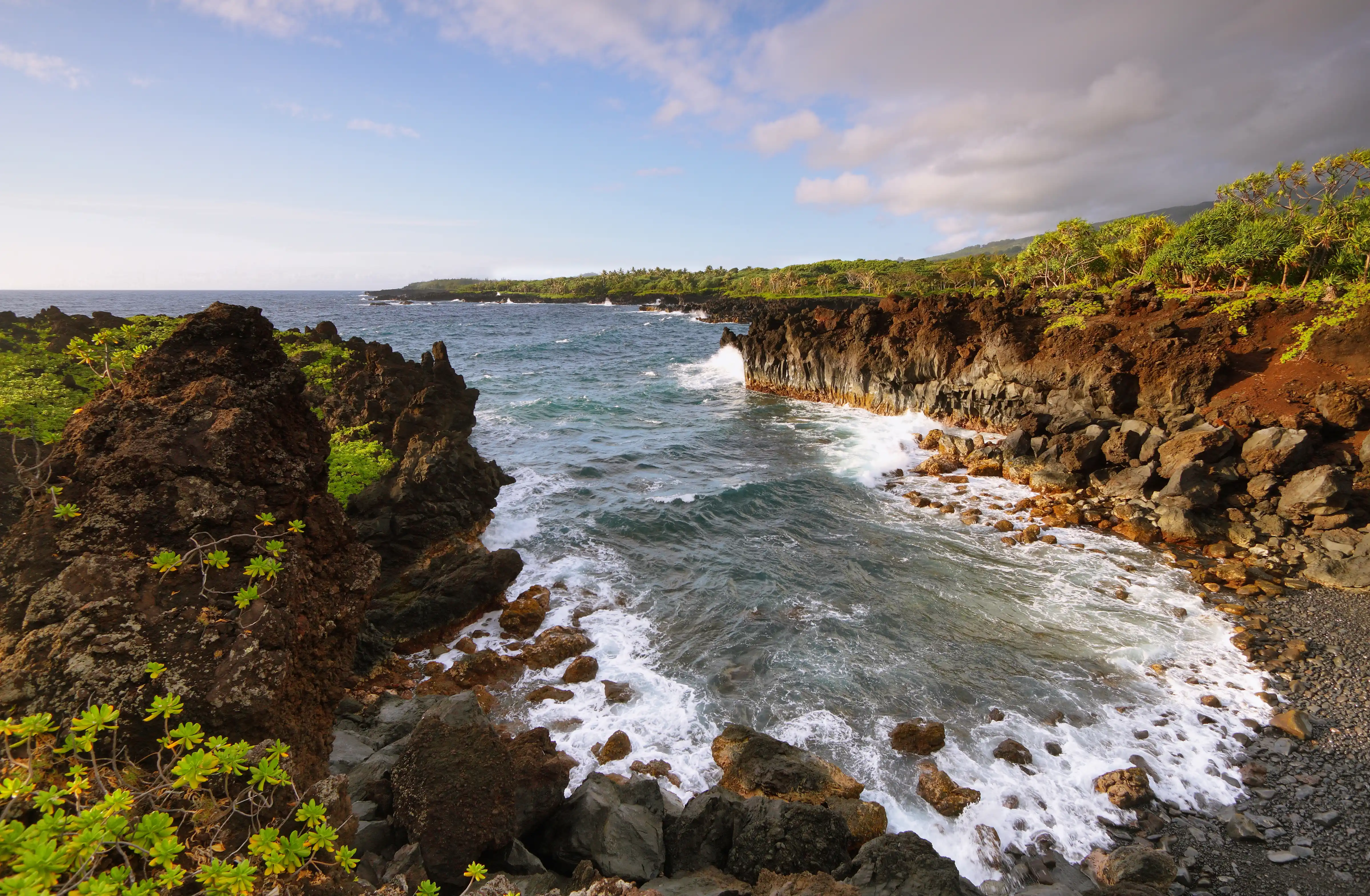 Marisa Estivill/Shutterstock
Marisa Estivill/ShutterstockThe American West
Due to nearly 23 years of drought, Lake Powell and Lake Mead on the Colorado River have drastically shrunk, severely impacting 40 million people across several southwestern states. Arizona and Nevada are facing water cuts from January 2023.
Lake Mead’s water level is projected to be below 1,050 feet above sea level next year, which is the threshold required for the tier declaration, warns Fodor’s Travel. Tourists visiting Page in Arizona saw incredible red cliffs and shipwrecks revealed by the shrinking reservoir, but also had to contend with dragging their kayaks across football-sized areas from the parking lot to reach the shoreline, explains the source.
In Utah, national park visitors and the growing tourism sector are responsible for the highest per capita water usage in the country, double that of an average resident in Las Vegas. As a result, Fodor’s Travel says the fragile desert ecosystem and low-income families are most affected by the water shortage.
 Gleb Tarro/Shutterstock
Gleb Tarro/ShutterstockHow Travelers Can Help
To ensure sustainable tourism practices, Travel Off Path suggests looking for tourist providers backed by recognized certification standards such as those listed by the Global Tourism Council.
You can also use tools such as the Aqueduct tool from the World Resources Institute to identify areas most affected by unsustainable practices. Research and choose companies that prioritize sustainability, and consider visiting lesser-known destinations during high season, adds the source. When visiting popular places, try to go during off-peak times and be mindful of your impact on water usage and ecosystems.
 ViDI Studio/Shutterstock
ViDI Studio/Shutterstock